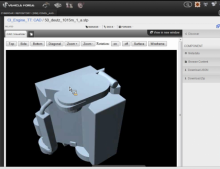DARPA seeks to develop program that drastically improves DDoS defense
The Defense Advanced Research Projects Agency (DARPA) has started taking applications to develop a stronger defense against distributed denial-of-service (DDoS) attacks.
The idea of the program, called Extreme DDoS Defense (XD3), is to create a countermeasures system that is not only more nimble in thwarting an attack, but also able to quickly recognize when an attack is developing so it can establish a proper defense.
One goal is to have a response time of 10 seconds or less, but that would be under ideal conditions and dependent upon the level of the attack.









































































